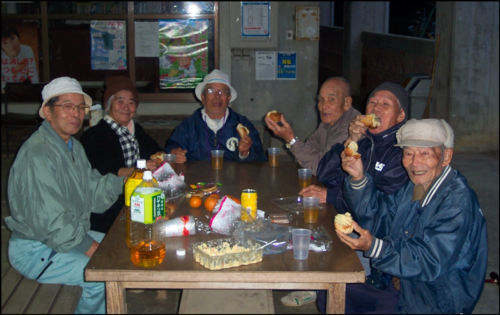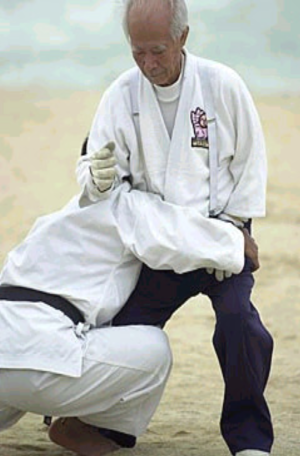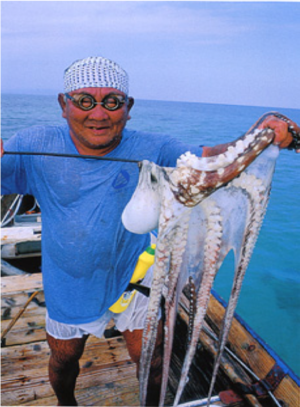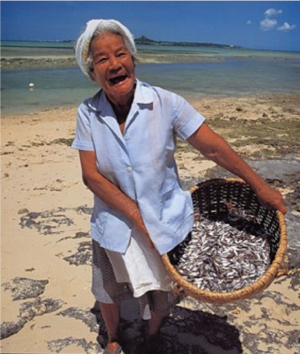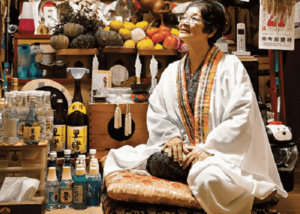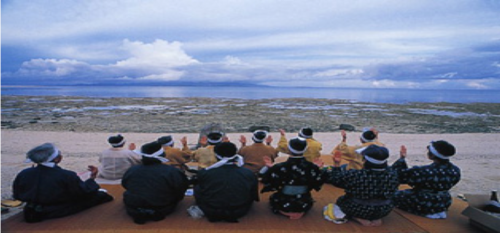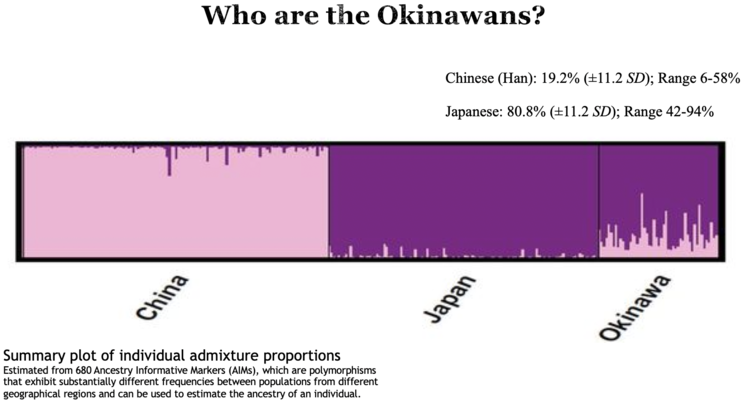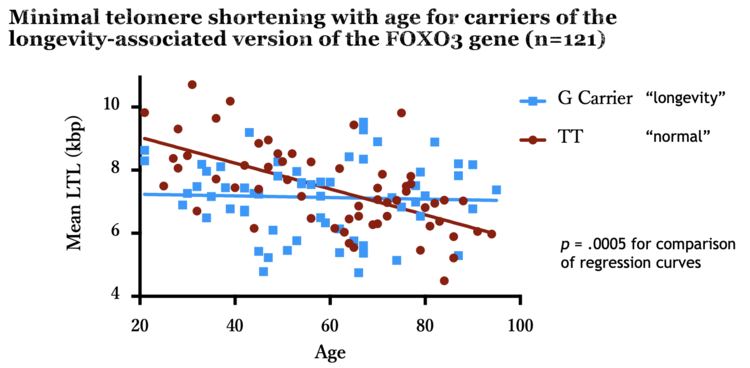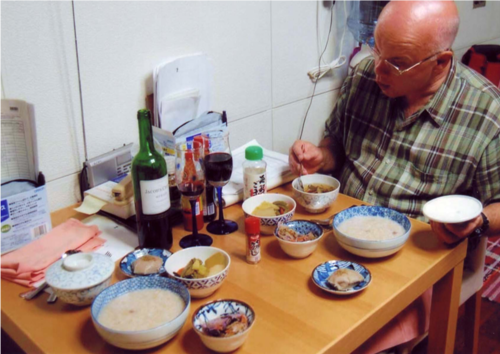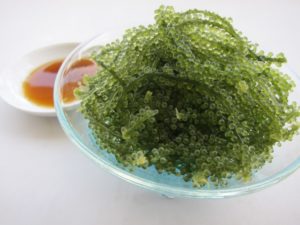
Okinawan sea grapes, or ‘umi budo’.
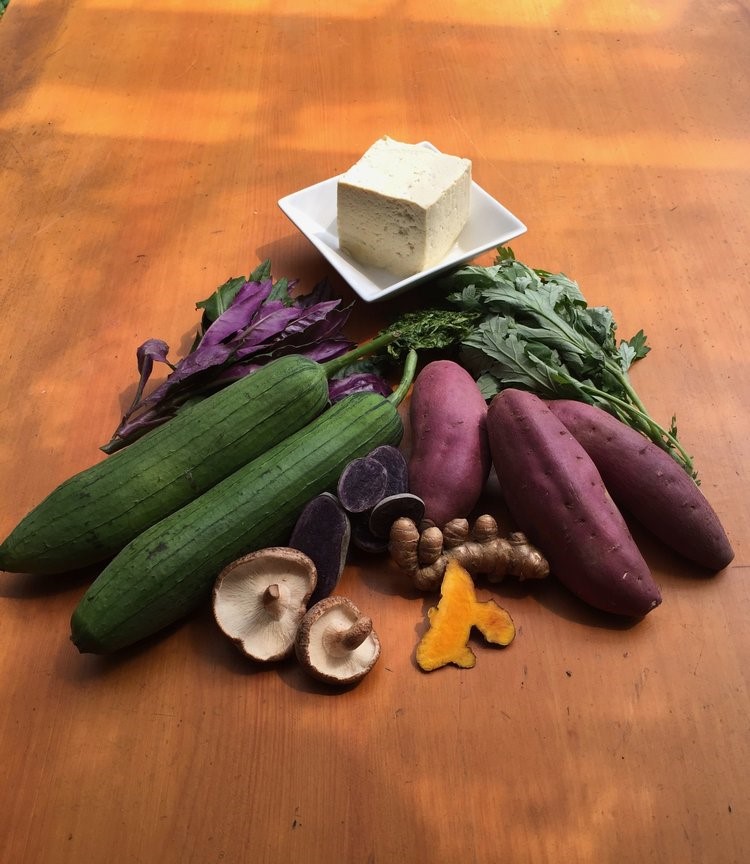
Commonly consumed items that play dual roles as both traditional medicines and foods include sweet potatoes (pulp, skin and leaves), bitter melon, multiple green leafy vegetables, ginger, turmeric, mugwort (Artemisia vulgaris), peppers (Piper hancei) and carotenoid-rich marine foods (such as seaweeds), among others. Many of these foods have anti-aging properties by reducing oxidative stress and inflammation, two key factors that underlie the development of most age-related diseases.
Chample Study
The famous “Chample Study” was initiated in 2005 by Dr. Hidemi Todoriki originally to study the medicinal properties of Okinawa vegetables. Another phase included a dietary intervention in American civilian volunteers to investigate the effect of increased consumption of traditional Okinawan vegetables on human health (right images). The Chample Study has since evolved to educating children and families about balanced nutrition in an effort to improve dietary habits in younger generations in primary school. Indeed, early results show that higher nutrition knowledge in children and guardians are associated with higher vegetable intake (Asakura et al. 2017 PMID: 28576447).
Keys to Optimal Cognitive Aging (KOCOA) Study
The KOCOA Study is an ongoing cohort study of healthy volunteers aged over 80 years old, living in Okinawa, Japan. The goal of the KOCOA Study is to examine key factors that could explain healthy cognitive aging. This is a collaborative study between the University of the Ryukyus Graduate School of Medicine in Okinawa, Japan led by Dr. Hiroko Dodge and the Layton Aging and Alzheimer’s Disease Center at Oregon Health & Science University in Portland, OR, USA. The KOCOA study utilizes a rich collection of nutrient markers including a full panel of plasma amino acids and food frequency questionnaire, metabolic assessments, inflammation markers and MRI.
